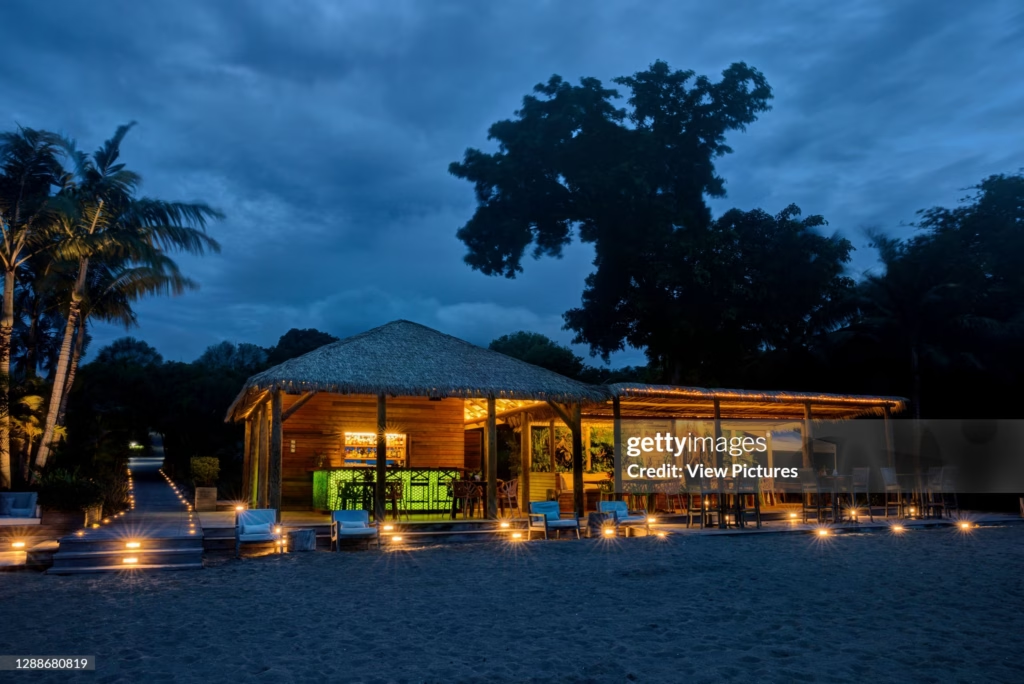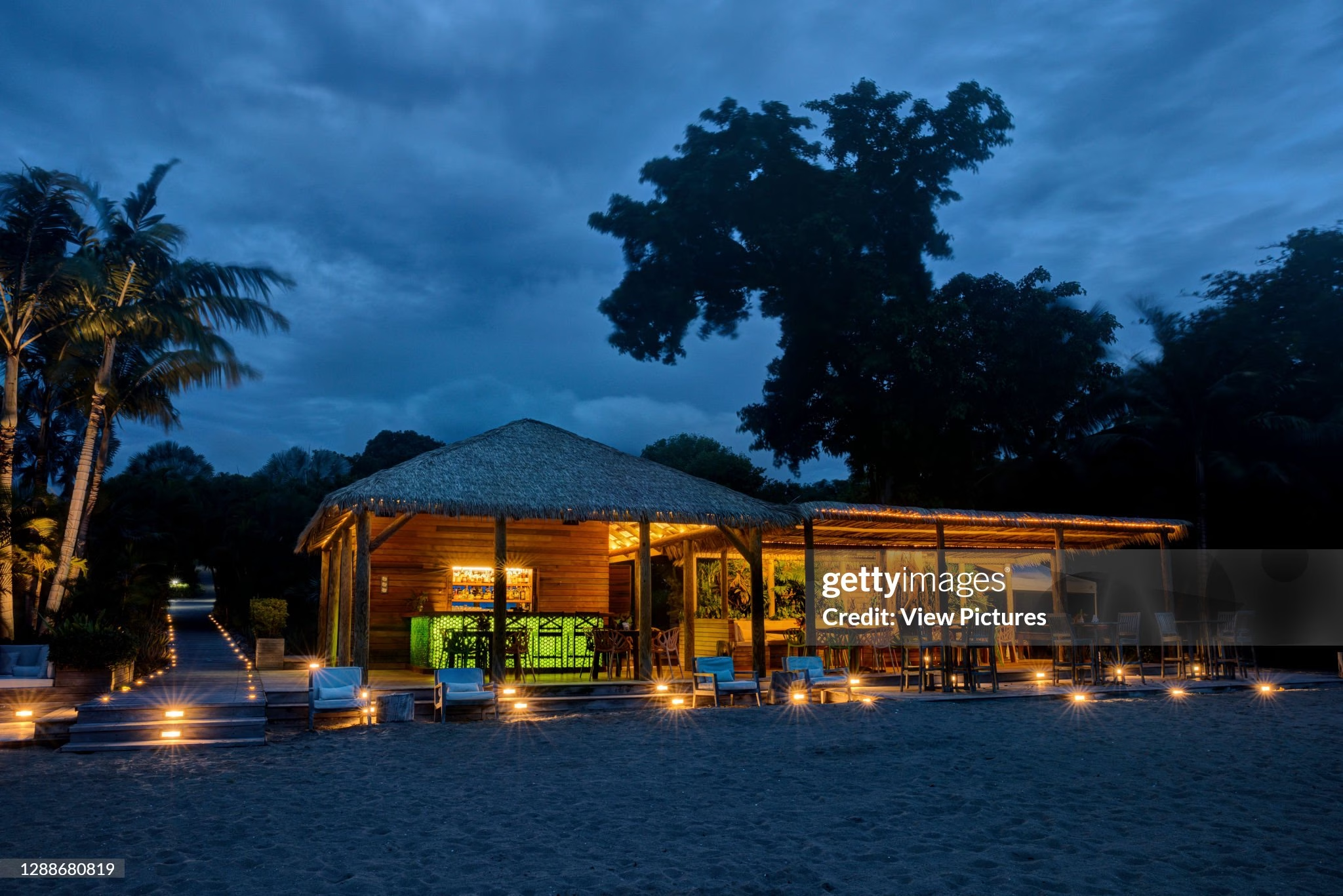News Americas, NEW YORK, NY, Mon. Aug. 4, 2025: In his thought-provoking essay, “Strategic Synergy Between Singapore and St. Kitts and Nevis: A New Microstate Diplomacy Blueprint,” His Excellency Uma Shanker Mishra delivers an articulate and timely provocation that challenges the obsolete hierarchies of global power. By presenting the evolving relationship between Singapore and St. Kitts and Nevis as a prototype for microstate diplomacy, he elevates the conversation about how small sovereign nations can shape, not merely survive, the global future. His central thesis is both refreshing and strategically grounded: that credibility, institutional coherence, and clarity of purpose now carry more weight on the world stage than military might or market size. In an era fractured by great-power rivalries, his essay envisions a form of multilateralism not anchored in scale, but in conviction.

Yet, beneath this compelling vision lie quiet assumptions that merit deeper interrogation. The article appears to assume a seamless transferability of Singapore’s institutional model to St. Kitts and Nevis, without fully engaging the contextual nuances that differentiate the two. Singapore’s success in digital governance, for example, is not rooted solely in technological infrastructure but in decades of bureaucratic continuity, an ingrained culture of discipline, and exceptionally high levels of public trust. St. Kitts and Nevis, like many Caribbean democracies, thrives within a more participatory and consultative political culture, where citizen engagement is not peripheral but essential. Policy, like agriculture, does not thrive by mere transplanting, it requires contextual cultivation. Likewise, positioning St. Kitts and Nevis as a “gateway” must move beyond geographic shorthand. Its stature in SIDS, CARICOM, and the UN climate architecture is not incidental, but a sovereign strength deserving of independent recognition and strategic elevation.
The true test of this partnership lies both in symbolic alignment and in the capacity for genuine co-creation. Herein lies fertile ground for innovation. One could envision a Joint Digital Resilience Hub tailored for small island states, marrying Singapore’s data governance expertise with the Caribbean’s leadership in climate innovation. Or consider a Centre for Legal and Regulatory Innovation established in Basseterre, where Singaporean regulatory mastery intersects with Caribbean dynamism to develop cutting-edge solutions in offshore finance, cyber law, and sustainable investment governance. These models represent not top-down capacity building, but strategic reciprocity, a circular flow of ideas where asymmetry becomes an instrument of creativity, not constraint.
What unfolds, then, is not merely a bilateral initiative but the blueprint for a new diplomatic archetype. A Microstate Policy Innovation Lab, jointly sponsored by both nations, could serve as an incubator of ideas, an intellectual commons where experts, diplomats, and reformers convene to rethink the global posture of small states. In such a space, St. Kitts and Nevis is not simply learning from Singapore. It is co-authoring a fresh diplomatic grammar, one that redefines agency through agility, and power through principle. Together, they offer the global community a more enlightened form of influence. Not dominance, but design. Not volume, but vision.




